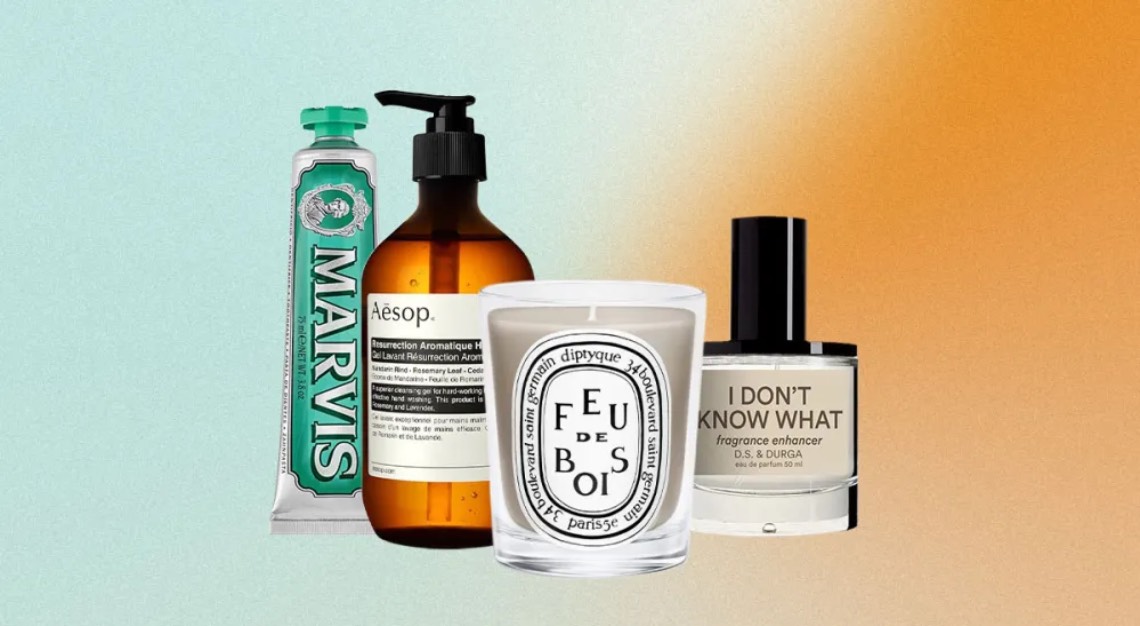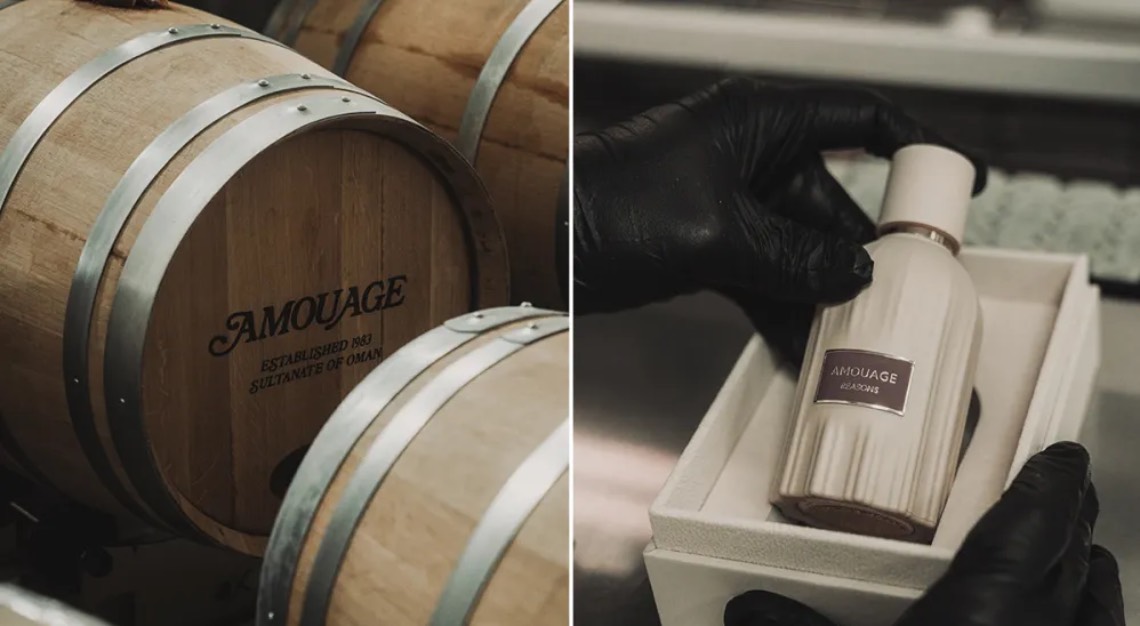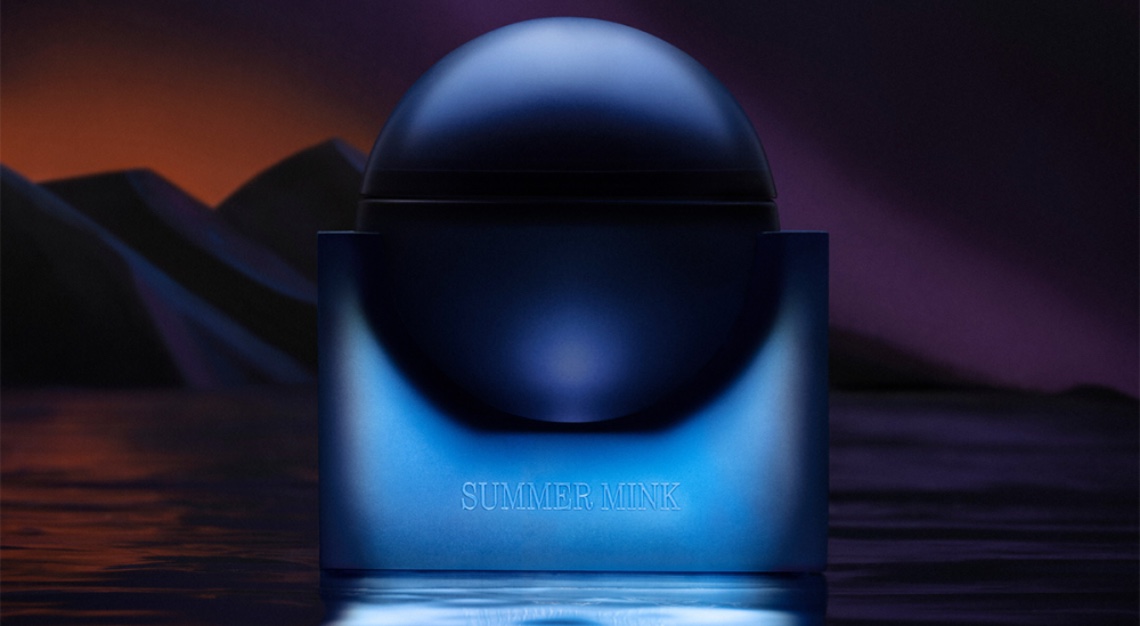Young guys are stocking the same selection of high-end brands, turning their morning routines into a collective aesthetic performance that’s the same in London as it is in LA
The camera pans slowly across a pristine bathroom counter, where products are positioned with museum-like precision. Aesop’s amber bottles are unmistakably ubiquitous, whether for soap, lotion, or mouthwash. Shiny, unsqueezed Marvis toothpaste tubes lie next to unused Marvis toothbrushes, in all their plainness. Byredo and Le Labo are often interchangeable in the fragrance wardrobe, frequently featured side by side. A Diptyque candle frequently cameos, casting shadows over striped Tekla towels. This is the #boybathroom—social media’s latest shrine to masculine curation.
Videos tagged #boybathroom have collectively amassed millions of views across TikTok, with individual posts reaching over one million likes. In each, young men showcase their meticulously organised personal care arsenals. These aren’t random product collections: they’re carefully assembled mood boards that speak a shared aesthetic language.
@alexandrehupe skincare, care & care #skincare #bathroom #boybathroom #cleanboyaesthetic #cleanboy #aesthetic #showerroutine #routine #skincareroutine
From Sydney to Stockholm, the same brands appear with clockwork consistency, suggesting something deeper than mere preference—a new form of identity performance in which bathroom counters have become the ultimate status symbol.
The brands that dominate the #boybathroom universe share a remarkably specific DNA, one that speaks less to their individual merits than to their collective ability to signal “aesthetic stoicism,” says psychoanalyst and cultural researcher André Alves of Float in São Paulo.
What connects Aesop, Le Labo, Byredo, Tekla, and Diptyque isn’t a coincidence. It’s a shared design philosophy that has become the visual shorthand for sophisticated masculinity. Each brand employs a strikingly similar aesthetic vocabulary: muted colour palettes dominated by whites, blacks, and earth tones; sans-serif typography that suggests clinical precision; and packaging that prioritises geometric simplicity over ornamental flourish.
@milotonin I still manage to splash water everywhere #Boybathroom #cleanaesthetic #goyard #minimalism #luxury #dallascontentcreator #dallasinfluencer #cartier #davidyurman @Aesop @David Yurman @Cartier
These brands have collectively created what amounts to a uniform for aspirational living. Their minimalist bottles and containers photograph beautifully, their price points signal exclusivity without screaming ostentation, and their international origins provide cultural cache. Crucially, they all reject the hyper-masculine visual cues of traditional men’s grooming: rare is the bold font, aggressive colour, or overtly butch imagery. (War Paint tinted moisturisers, these are not.) Instead, they offer a more sophisticated form of status signaling: products that whisper rather than shout their luxury credentials.
What’s most notable is their homogenising effect when assembled together. Alves explains the concept of “homo aestheticus” from French philosopher Gilles Lipovetsky: “Contemporary culture demands constant self-curation, but the more the subject tries to aestheticise themselves, the harder it becomes because there’s more to curate.” This pressure manifests in uniformity, just as it has across personal style (you know, how every mid-tier clothing brand feels oddly interchangeable of late).
The result is a flattened individual expression, turned into a collective performance. These brands succeeded not by being different, but by being different in exactly the same way. They create a visual language that allows men to signal their refinement while remaining safely within the bounds of an established aesthetic orthodoxy.
@henrycrouchh 🧺
In the #boybathroom universe, true rebellion would be reaching for a bottle of Head & Shoulders. In one jarring moment (seen above), a creator briefly showed TheraBreath mouthwash among his products, a perfectly functional brand I love to endorse, but one that elicited a visceral reaction from me when it appeared in the vanity. That’s because its garish, drugstore aesthetic violated the unspoken rules of this carefully constructed world.
The aesthetic’s rigid parameters become even more apparent in what’s absent. Facial hair maintenance barely registers: an occasional Chanel aftershave, sleek steel safety razor, or Philips Norelco OneBlade, but shaving seems almost antithetical to the clean-faced, optimised aesthetic these spaces promote.
Ultimately, these brands succeed in the #boybathroom ecosystem not despite their similarity, but because of it. It’s the “life well designed” version of “a life well lived” as the ultimate aspiration.
@sambolianatz current bathroom setup… thinking about painting it a darker colour and changing up the floors 🙂 #boyapartment #bathroomdecor #skincare #aesop
Despite being personal spaces, these bathrooms look remarkably identical, with so much careful copy-pasting. (Other frequent appearances were made by the likes of Ouai, Caudalie, C.O. Bigelow, and Necessaire.) With each viewing, I would think, “Every one of those brands is fantastic, yet the video itself has nothing to say.” Where’s the POV of the TikToker himself?
I contacted five of these top-performing posters for interviews about the #boybathroom. I wanted to know why they chose each of those brands, what their connection was to the products they showcased. What does it mean, what do they mean? All five either failed to respond or chose not to—perhaps the first time I’ve been blanked by a subject. Then again, when a video is worth over a million views, maybe it isn’t worth a single word, hashtags notwithstanding.
Below, a closer look at the sinkledge headliners that speak for themselves.
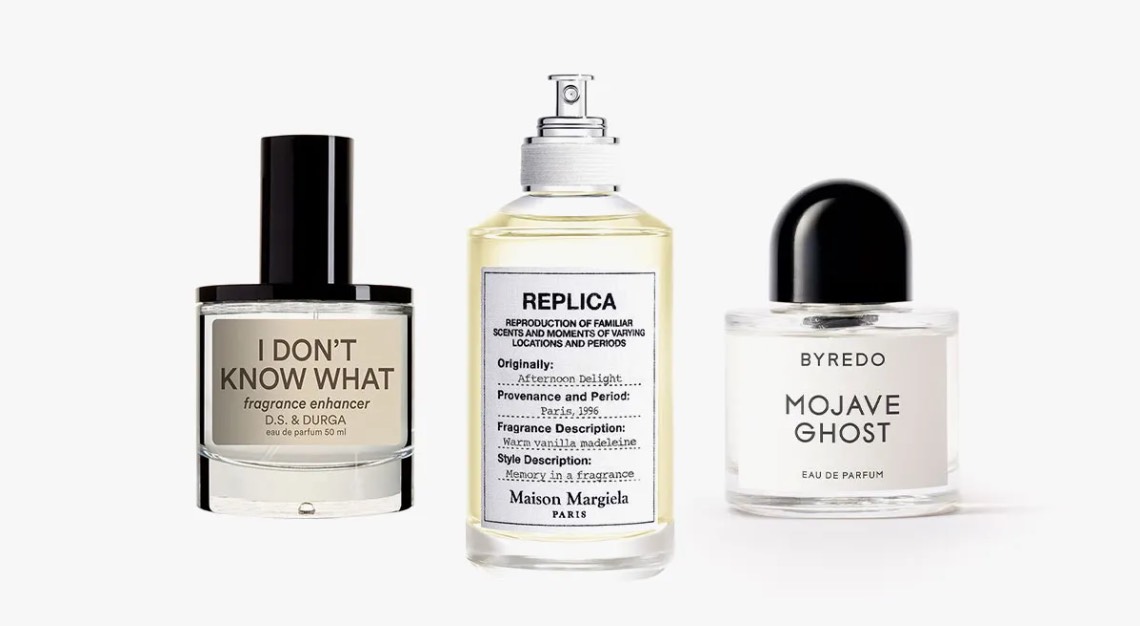
Plenty of good scents
The fragrance selections reveal an even more calculated approach to olfactive expression. Byredo and Le Labo have become the twin pillars of #boybathroom scent stories, their minimalist bottles standing like sentries of good taste. Close behind are Maison Margiela Replica and D.S. & Durga.
All of these brands share a Scandinavian-meets-Brooklyn aesthetic philosophy: clean, conceptual, and expensive enough to matter (think over $180 for a 50ml bottle). Le Labo’s cult Santal 33, in particular, has achieved the ultimate luxury paradox: ubiquity that somehow maintains exclusivity. As Alves notes, these men are drawn to brands that are performing in the same way as the men themselves: “Tasteful enough for aspiration, yet minimal enough to help build this idea that they are better than the others, and at the same time they are not too much.”
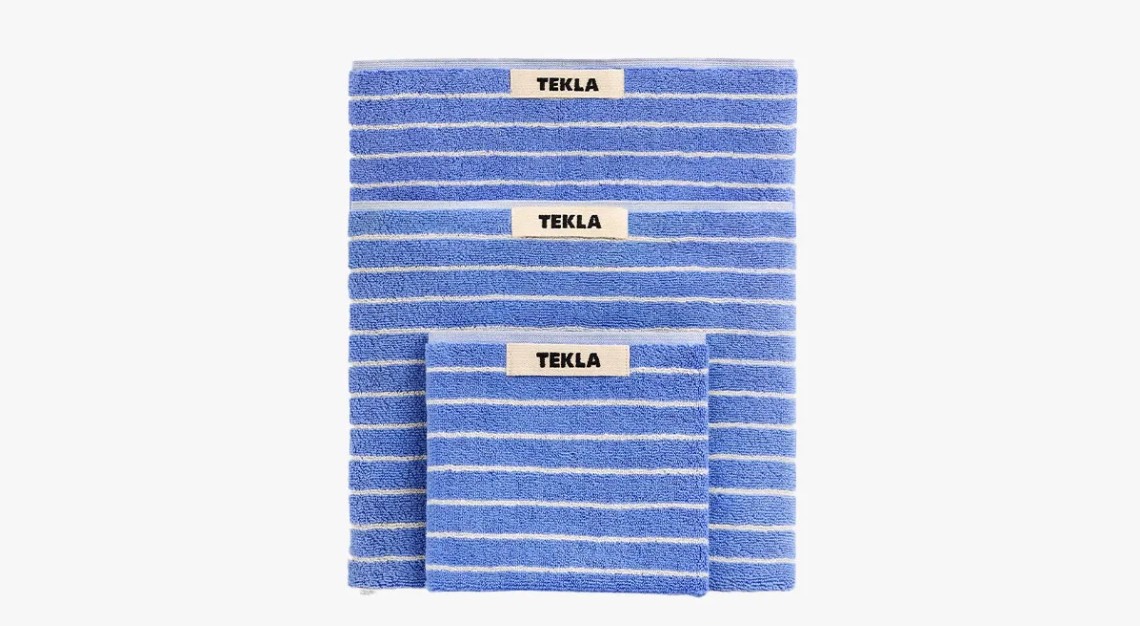
Tekla Towels
Tekla towels represent perhaps the most telling choice in this curated ecosystem. The Danish brand’s organic terry textiles, priced at US$60 to US$80 each, transform the humble bathroom towel into an architectural statement. Their grid-like uniformity and muted colorways photograph beautifully, which is precisely the point. This isn’t about superior absorbency, it’s about the “aesthetic capitalism hypothesis,” says Alves. “This is where consumers display an insatiable want for the mise-en-scène or the designed version of everything.”
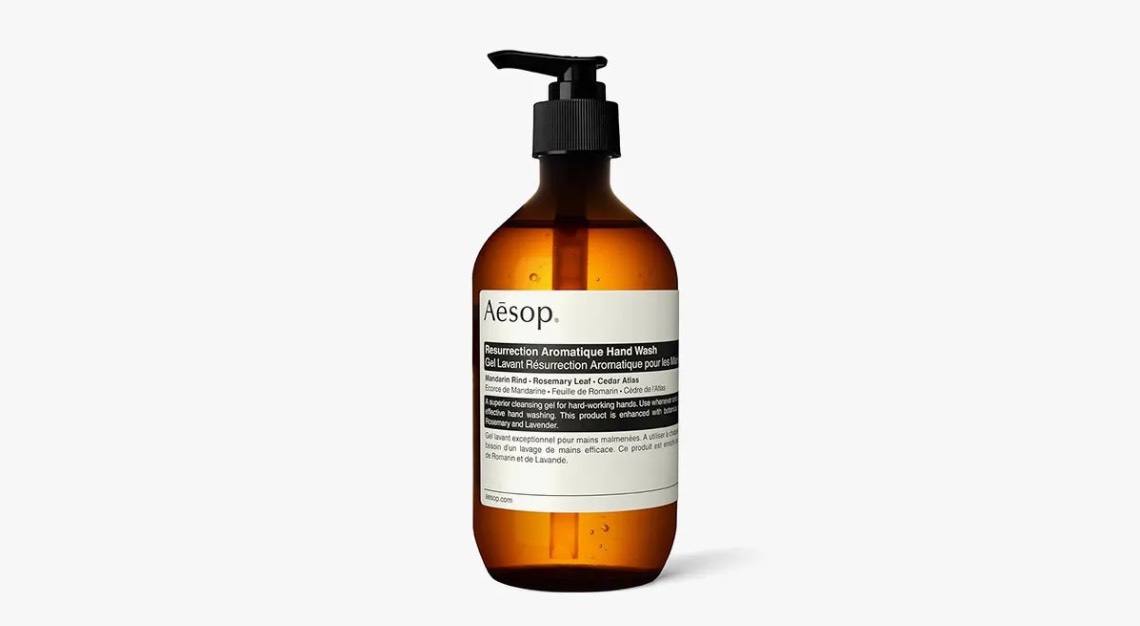
The Aesop Fable
Then there’s Aesop, the crown jewel of bathroom aesthetics. The Australian brand’s amber bottles have become so synonymous with elevated taste that TikTokers create entire videos about spotting “real” versus “fake” Aesop in potential dates’ bathrooms. The brand’s Resurrection Hand Wash, Hand Balm, and even the Post-Poo Drops don’t just perform functions; they transform utilitarian acts into moments of pharmaceutical-grade ceremony.
“Aesop bottles suggest a scientific approach to self-care that aligns perfectly with a performance-driven lifestyle, to prove you are the most productive version of yourself,” Alves says.
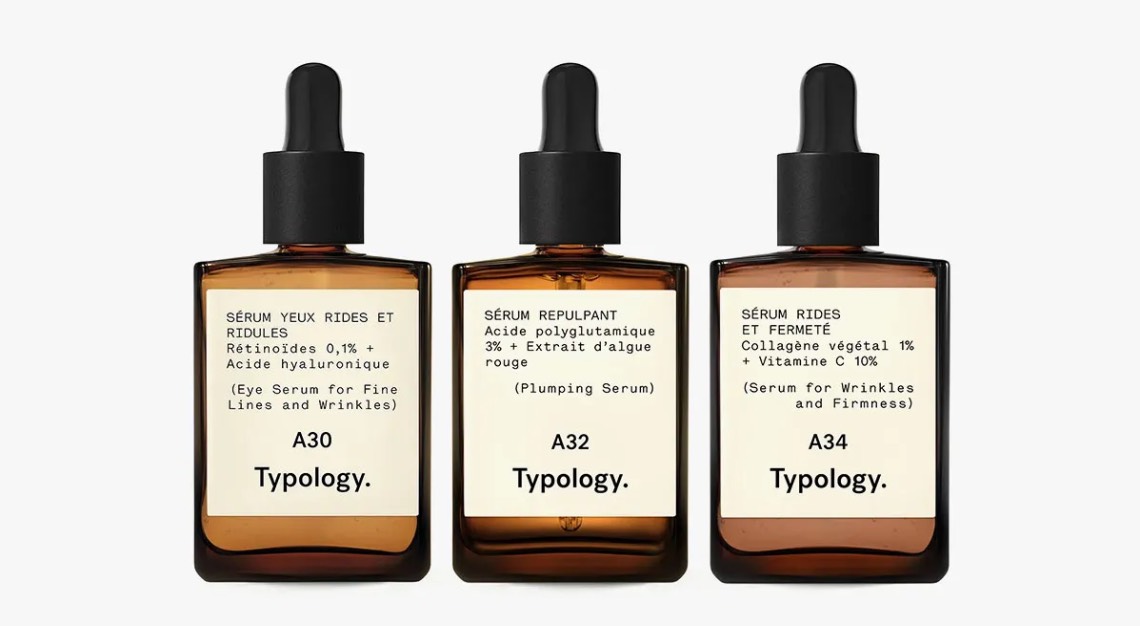
Effective skincare—with a great typeface
Typology, the French skincare line, offers a more accessible entry point into this aesthetic universe while maintaining the requisite minimalism. (Still, their moisturisers range from US$40 to US$62, and cleansers go for US$20 to US$37.) Typology’s diagnostic approach to skincare—think numbered serums, clinical packaging, ingredient transparency—appeals to men who want to optimise their routines with the precision Alves associates with contemporary masculine ideals of discipline and control.
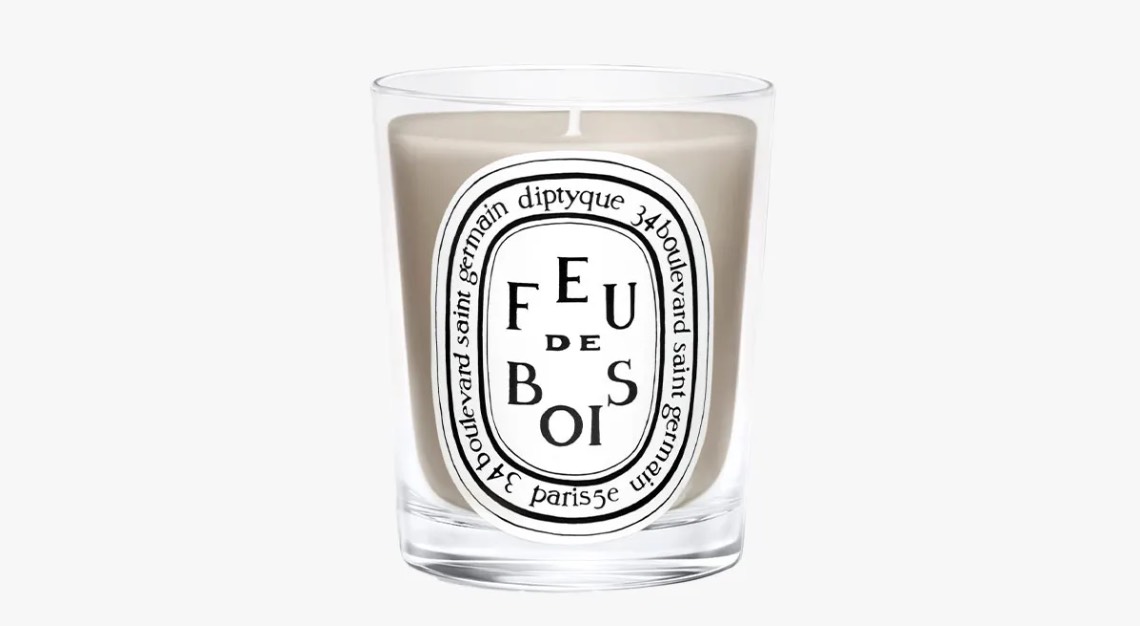
A candle that strikes the right note
Diptyque candles complete the sensory landscape, their oval labels and sophisticated scent profiles (Figuier, Feu de Bois, Baies) signalling someone who understands that ambiance is as important as appearance. (See also: Aesop Post-Poo Drops.) The French maison’s literary inspirations and boutique air check every box for the aesthetically conscious male consumer. Many #boybathrooms also feature other Diptyque scented SKUs, such as fragrances, liquid soaps, and body lotions.
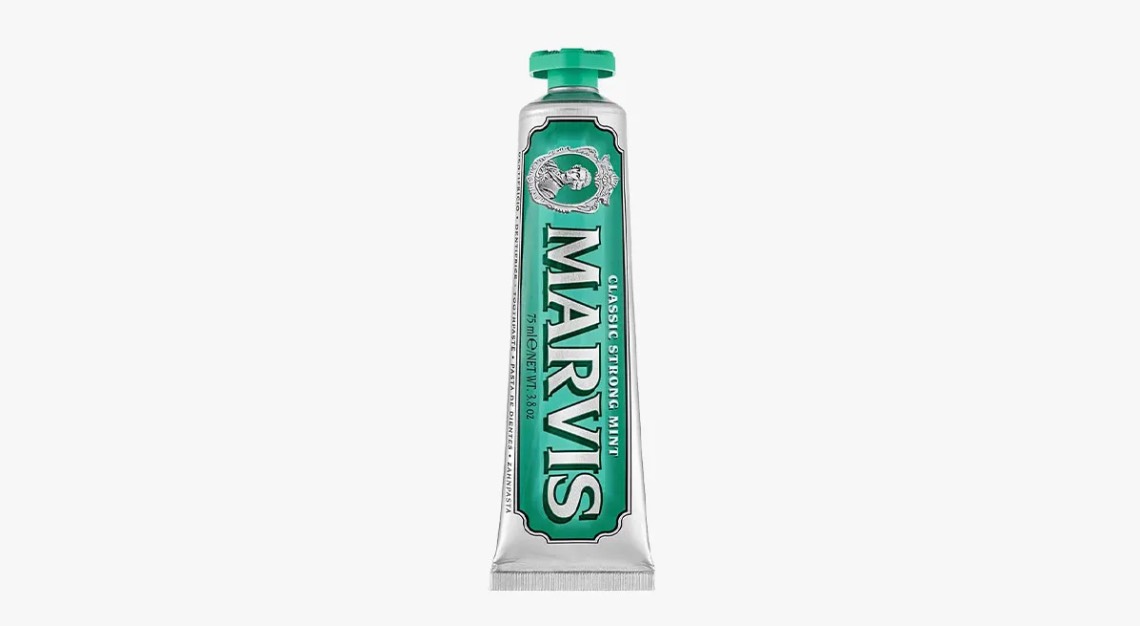
Apothecarian oral care
Perhaps most notable is Marvis toothpaste, with its vintage apothecary tubes. The Italian brand doesn’t just clean teeth; it transforms the mundane act of oral hygiene into a moment of European sophistication. Its premium positioning and Art Deco packaging suggest someone who has moved beyond utilitarian dental care into the realm of “premium versus luxury” consumption.
“Premium is about efficiency,” Alves explains. “Meanwhile, luxury is about heritage and the brand itself, and being a status symbol.” Marvis occupies that sweet spot, elevated enough to signal taste, but not so ostentatious as to appear try-hard.
Perhaps nothing reveals the limitations of this aesthetic philosophy more than the humble toothbrush that appears in many clips. It is a basic manual brush, often wooden, or often Marvis in matte black or white. It sits among hundreds of dollars of curated luxury. While every other element of the bathroom has been elevated to premium status, the toothbrush remains stubbornly utilitarian, a US$3 to US$10 drugstore afterthought in a US$500 tableau.
This creates a fascinating blind spot in an otherwise obsessively optimised environment. These men will spend US$41 on Aesop hand soap and US$180 on Le Labo fragrance, but draw the line at a US$250 electric toothbrush with optimisation via Bluetooth connectivity and pressure sensors. The toothbrush, perhaps more than any other bathroom item, represents actual health optimisation—yet it’s the one product that doesn’t get the premium treatment. A hi-tech Philips Sonicare would clash with the minimalist aesthetic, its charging base and digital display disrupting the clean lines these creators work so hard to maintain.
In prioritising photogenic simplicity over functional advancement, the basic toothbrush becomes an inadvertent grey area between looking optimised and actually being optimised.
This story was first published on Robb Report USA. Featured photo by C.O. Bigelow, Aesop, Diptyque and D.S. Durga
